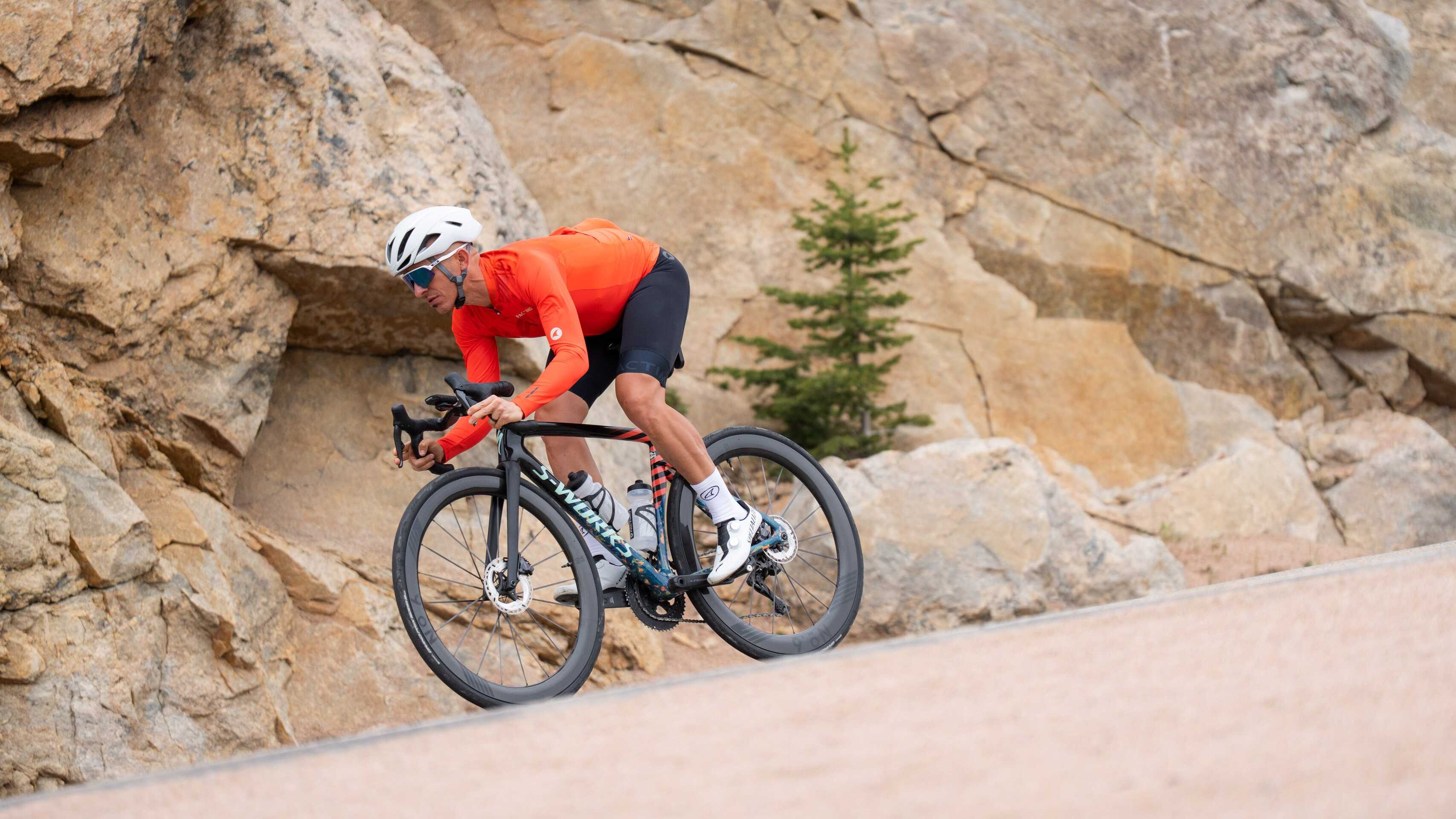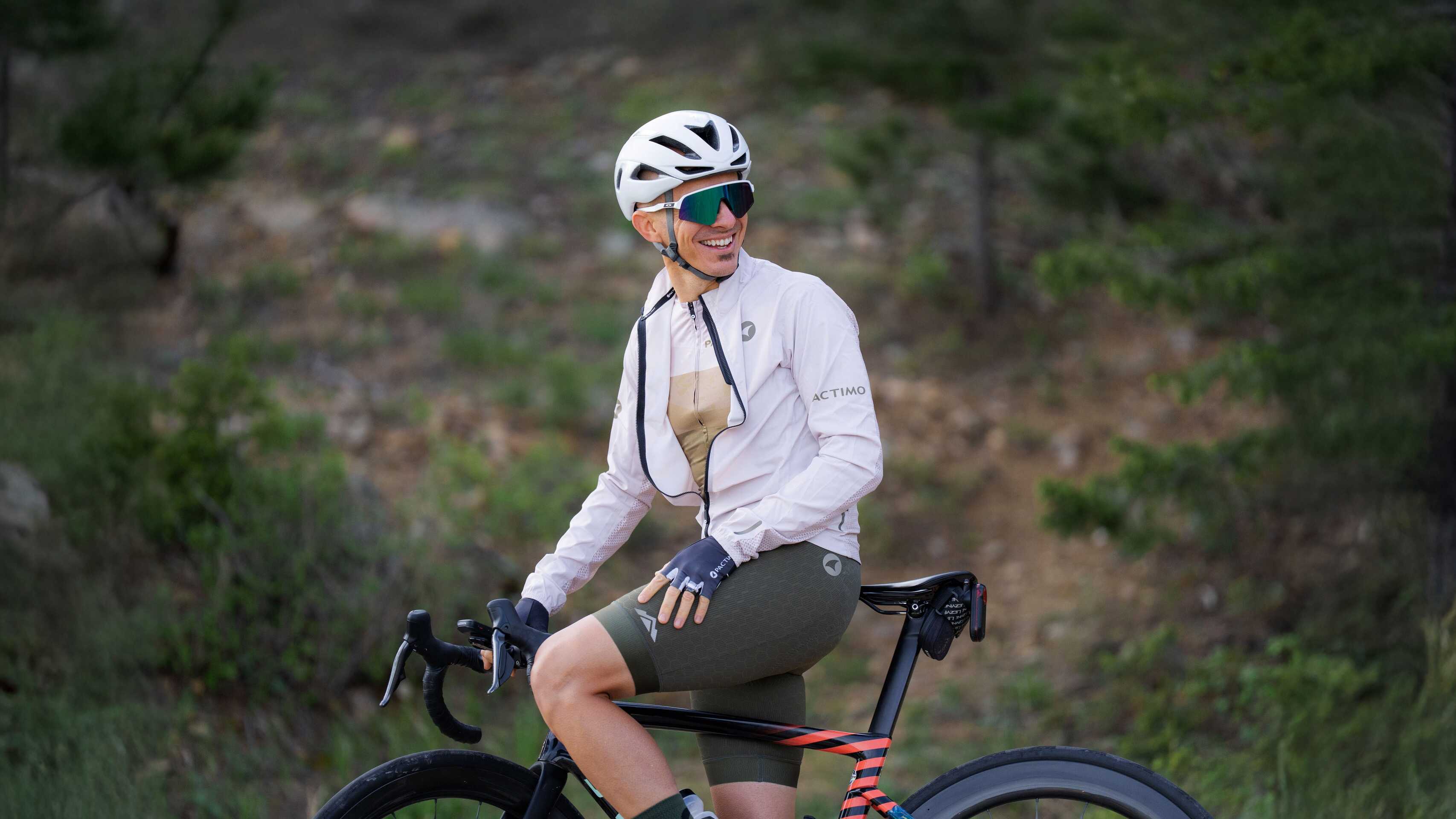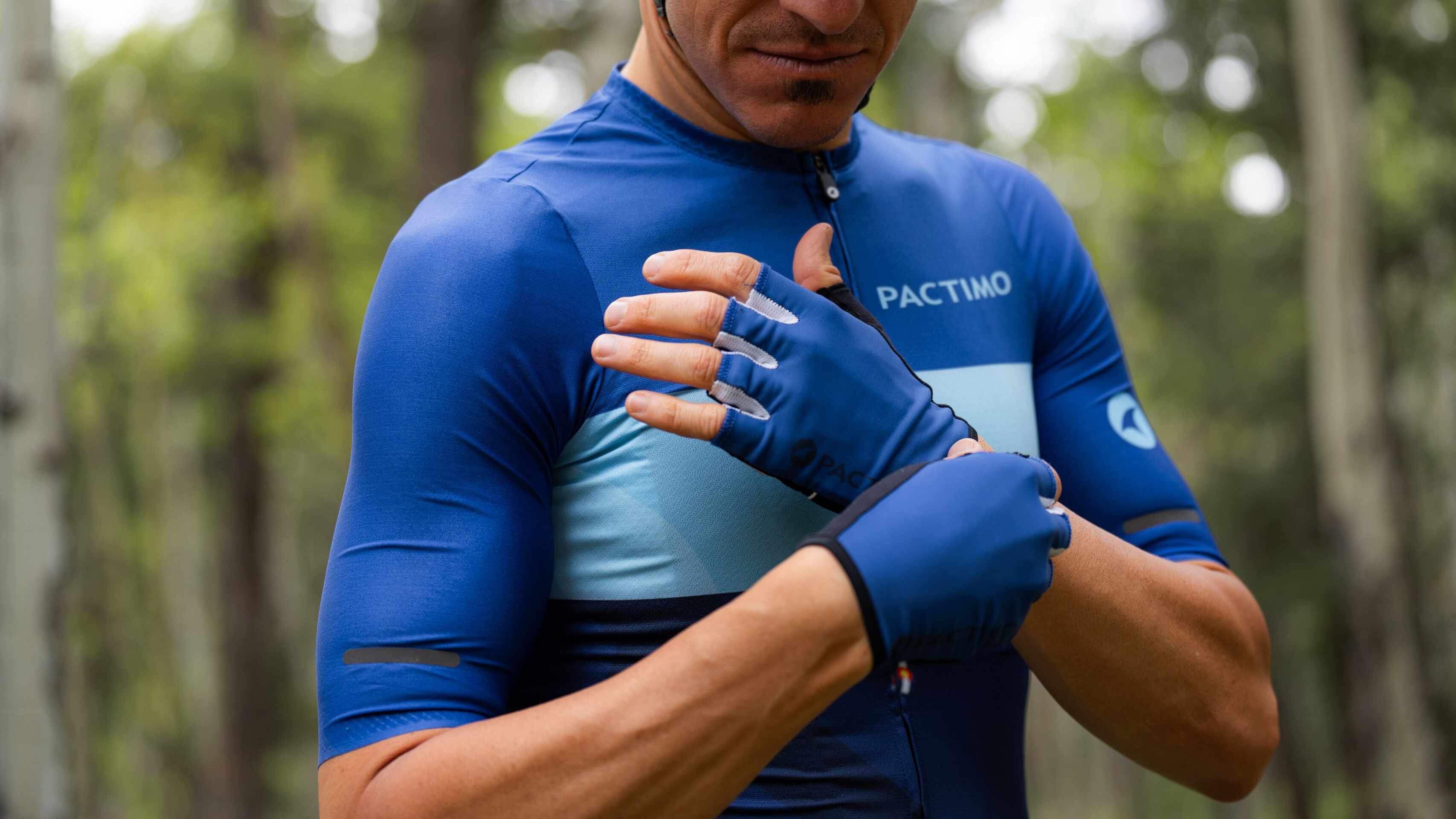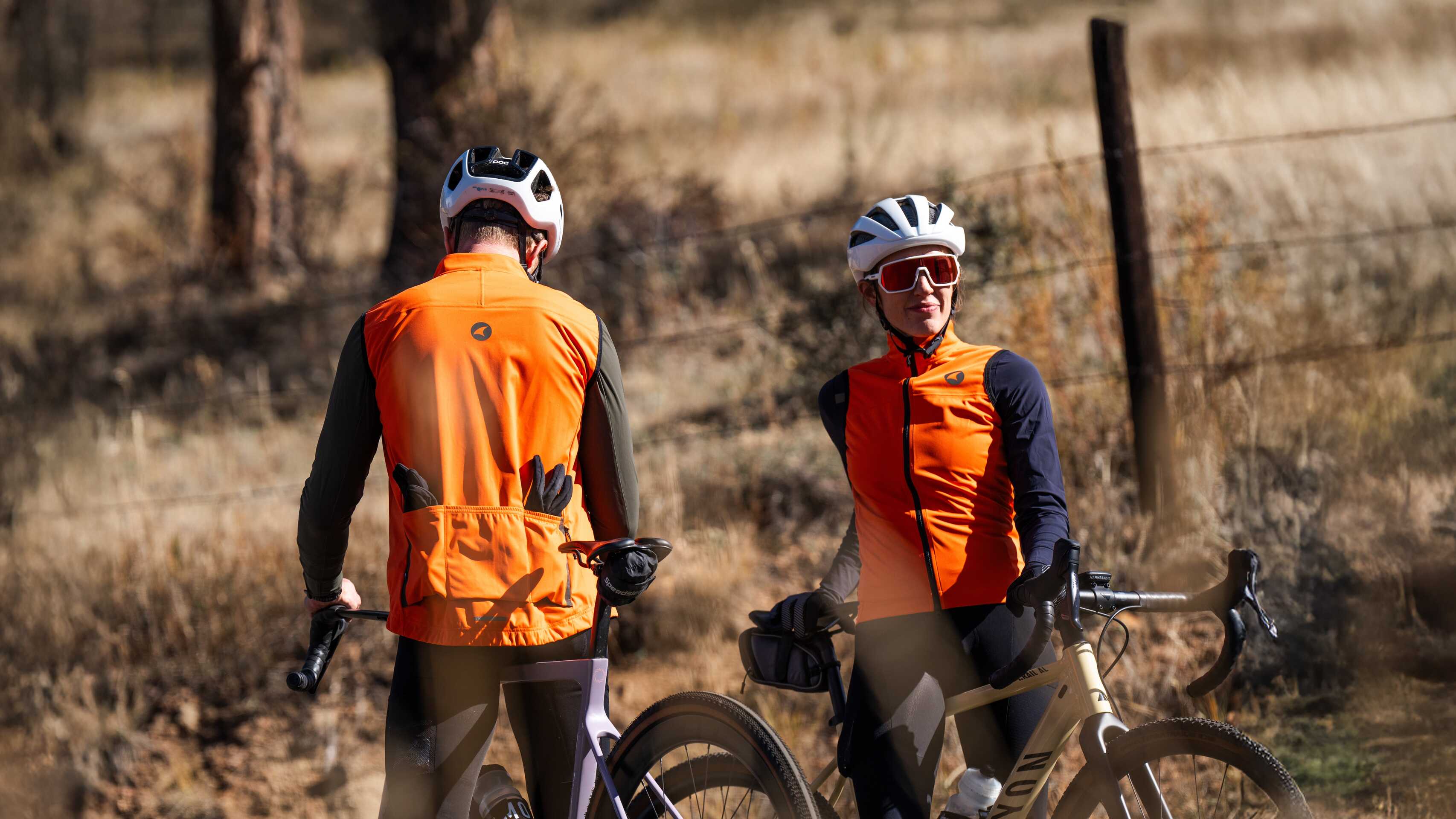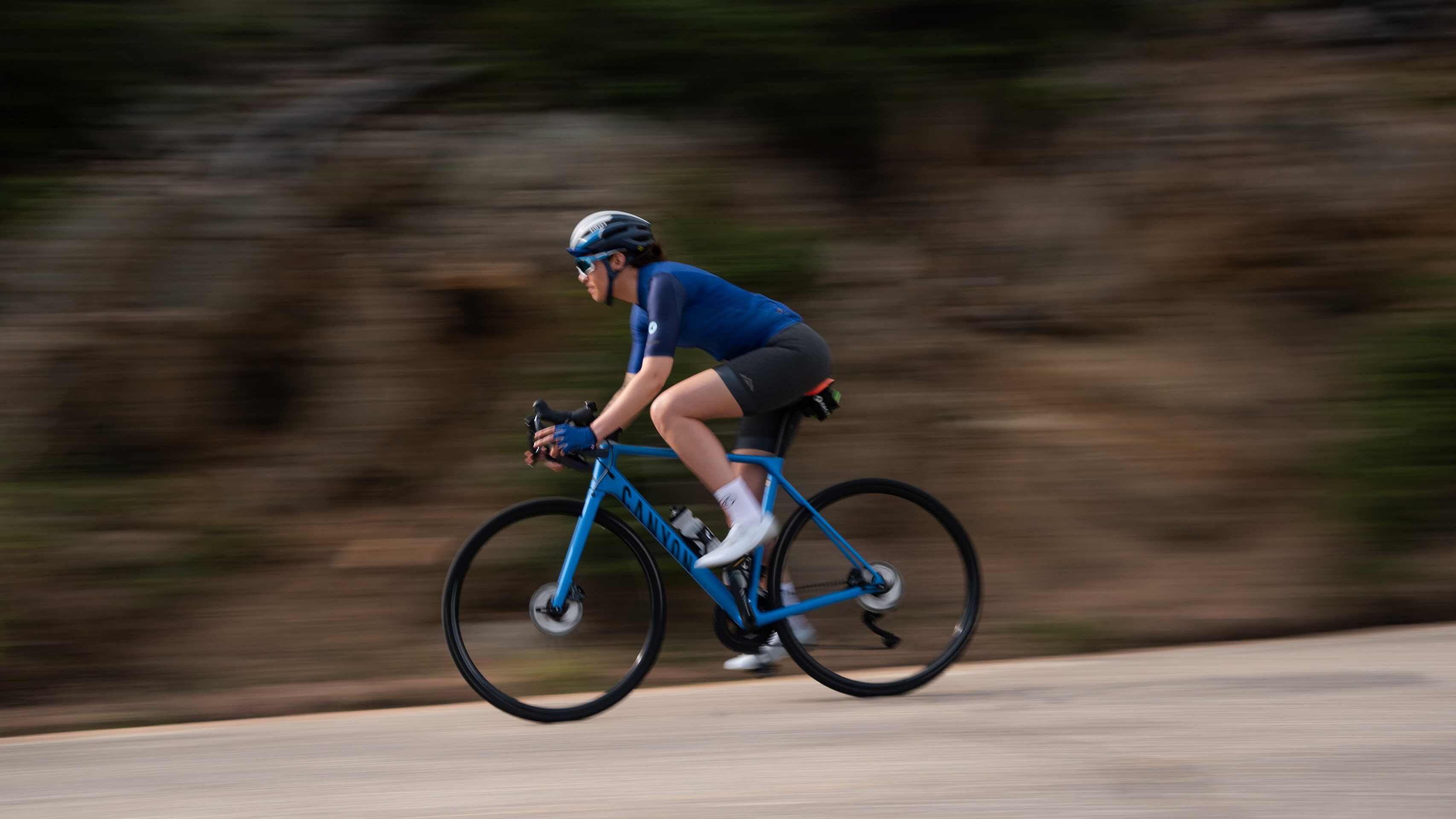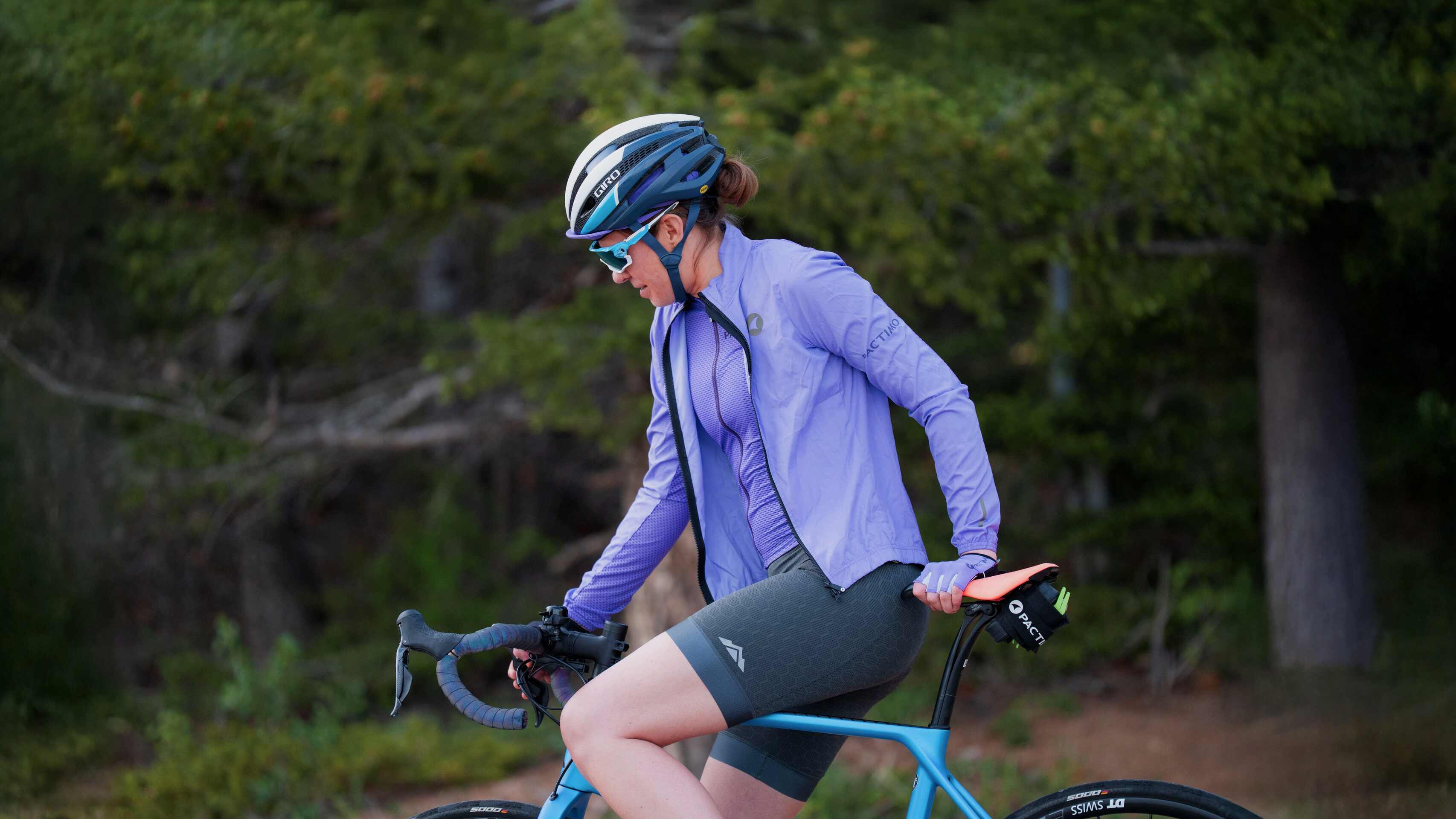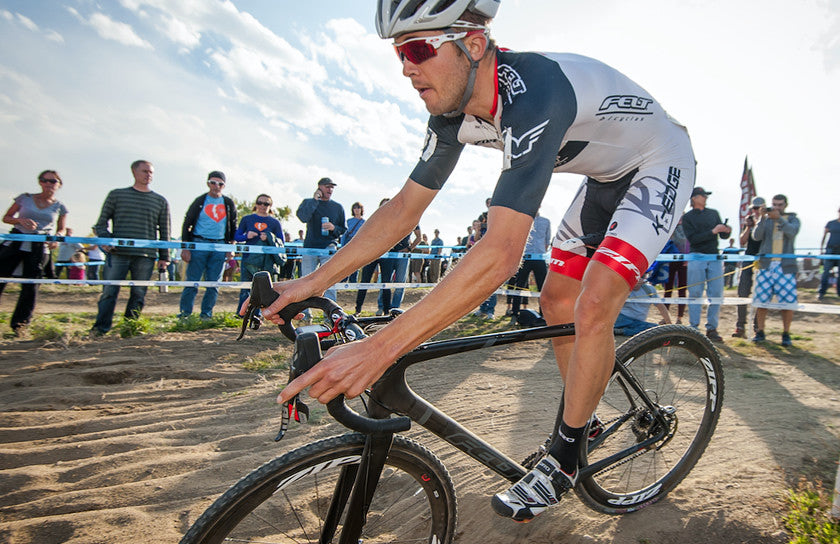Cycle-Cross has become one of the fastest growing disciplines within the UK cycling scene and with the ever increasing amount of newbies taking this sport up it’s important to get to grips with the basics of cross racing.
The team at Dig Deep Coaching has spent many years learning, practicing and teaching the essentials of cyclo-cross. It’s a discipline which takes time to master but in this three part series we will cover all of the key areas which you need to learn and develop to become a better cross rider.
Cyclo-Cross is one of the most accessible forms of bike racing: it’s fun, frantic and, unlike a road race, no-one gets dropped. Instead the race is spread across the course and everyone is engaged in their own personal battle.
However, there are a number of key skills you need to master if you are to become a competitive cyclo-cross racer and in part one of this series we will run through a number of different techniques to crack including starts, dismounting and remounting, and when to shoulder the bike.
There are many key cyclo-cross skills which take time to master and one key theme you will notice runs throughout this article is practice. The old saying of ‘practice makes perfect’ is very true when it comes to cyclo-cross – it’s a discipline in which you never stop learning and there’s always something you can improve on.
Cyclo-Cross Starts
The start of a cyclo-cross race is a frantic affair, with riders charging off the line all at once and sprinting for the first corner. Having a good start may not win you a race but not having one can definitely lose you a race and there are four key things you need to consider when starting a race:
Look At The Start Area
Before the race, pay attention to the start ground and the type of terrain you are on. Normally this is a hard pack ground but you may need to position yourself in a way that allows you to get into that very important first corner in the best position possible.
Gearing
Make sure you have practiced your start in a gear that you are comfortable with and that will propel you up the bunch before that critical first turn. Before the race, part of your warm-up should be to try some starts in different gears so you’re happy with your selection and don’t leave it to chance when you are on the start line. Adapt gearing for conditions and the surface, with the key being to find a powerful gear which you could get on top of quickly, without spinning out.
Crank Position
This is key to a good start. It’s important you have a sequence and routine to go through before every race which is honed in training and through practice. Crank position may differ from rider to rider but we would advise starting with your dominant leg and by having your crank angled at 2 or 3 o’clock, enabling you to get that downward force to kick off. Have your pedal positioned so you are comfortable with clipping in and not misfiring and slipping off the platform. Again practice makes perfect.
Body Position
Try and get into an aggressive stance. You need to be in a strong body position so you can get all that force through the pedal stoke to propel you through the bunch. Having your elbows out and leaned forward will again assist with this aggressive stance and help you take off better than most. Starting with your hands on the hoods will allow you to have your hands close to the brakes and close to your gears and give you the edge going into the first corner. Some people like to start in the saddle and some out; again this is a personal preference but make sure you find your best technique in training and stick to it in racing.
Dismounting and Remounting
Cyclo-cross race tracks are littered with obstacles, such as planks, banks and steps, which will normally require you to dismount the bike, before quickly remounting once the obstacle has been cleared.
This can be daunting for riders who are new to cyclo-cross but also something, that, once again, can be honed through practice if you want to maintain positions and avoid losing time on the leaders.
Practice
You will not develop this by doing it only on race day. Make dismounting and remounting a priority in training on – at least – a weekly basis. Rest days can be a great time to get the basic skills right but as you improve then look at honing your skills while in a fatigued state or with a high heart rate and this will replicate race conditions.
Hand Placement
When dismounting it’s important that you have your hands on the hoods. This will allow you to brake as you approach the obstacle you are dismounting for and it will also allow you to feather the brake again and fine-tune your speed as you prepare to step off. As one hand is on the hood the other hand should be on the top tube as this will allow you to get into a position to pick up the bike as quickly as possible when your feet hit the ground.
Step Off or Step Through?
For those of you who have watched cyclo-cross racing on television or in your local park, you may have noticed a few different techniques regarding dismounting, namely either ‘stepping off’ or ‘stepping through.’ Our advice is always to step off as it is more practical and is the preferred method of most elite riders.
This is undertaken by unclipping one foot, before swinging your leg behind you and around the back of the bike, then using this leg to hit the ground below you to start the run on. Just as this foot is about to hit the ground unclip your other foot in one quick, clean movement, with all of your weight on the bike so you hit the ground running. This technique is best for most situations and surfaces but practice is important to make it both safe, fast and injury-free.
Gear Selection
The most important thing about gear selection when dismounting is thinking ahead. You need to know what gear you will need when remounting. It is critical you choose the right gear so you are getting the power through the first pedal strokes after remounting to get you back to speed and so you don’t lose position.
Obstacles and Running
You will encounter a range of obstacles during a cyclo-cross race depending on the type of circuit, terrain, surface and conditions. Planks, banks, crashes, mud and plenty more are a part of most cross races so be ready for them.
Basically, it’s best to dismount when a given obstacle is going to slow you down to such an extent that running is faster than cycling. If the mud is so deep that trying to pedal through it is too much effort for relatively little gain then running may be your best option. You will need to get used to running with your bike and making sure you do so in a manner that maintains momentum.
Remounting
Hand placement can vary when remounting so practice different positions for different scenarios as you need to be able to adapt between races and conditions and be confident in your choice.
Try and make the remount as fluid as possible and avoid any double steps which will see you lose placing and momentum. Try and make it a single hop and slide onto the saddle with a quick insert into both of the pedals to begin the first powerful pedal strokes in the correct gear, helping you to get back up to race speed as quickly as possible.
When To Shoulder a Bike
We see a lot of riders dragging their bikes up hills or across muddy sections and that sees them both lose time and waste energy. In these scenarios you need to be shouldering the bike and getting into your stride as quickly as possible.
When you encounter steep banks, thick mud, stairs or tight hairpins, it could be time to jump off, shoulder the bike and run, so make sure you are confident in shouldering your bike in race conditions and at race pace.
Technique
Make sure the bike is secure with the top tube on your shoulder and avoid having your arms flapping around while the bike is up there. Keep one hand close to or on the handlebar, making sure it’s secure, while the other arm is free to swing and propel your body as you run.
If you’re running uphill then lean forward into the banking as it will help you maintain momentum and grip. Also, when shouldering a bike it can make you very wide and on a narrow section of the course. This will make it difficult for people to get past you – this is a good tactic to use and helps maintain position.
Cornering
Cornering is key in a cyclo-cross race. You will come across many different types of corners in each race but each one needs to be mastered if you are to not only maintain position but also move up in the placings and leave the opposition behind. Here are some important things to think about when cornering.
Look At Where You Want To Go
Keep your eye on the apex and focus on the exit point. Don’t look at the spectators or stress as where your eyes are focusing on is where your bike will be directed to. Keep focused on the exit point and avoid any distractions.
Look For Traction
A key cycle-cross mantra is the ‘green is grip’ so keep an eye out for grass. This will help you keep any speed and traction you have going into the entrance of a corner. Avoid mud if possible.
As The Race Develops
The traditional ‘racing line’ isn’t always the best line in cycle-cross as traction is key. As the race progresses, the cornering lines will start to become more embedded in the surface so you need to get into the right line with the best amount of traction. Each corner will be different so keep a mental note to yourself as the race develops to know where to be in each corner.
Foot Out
Unclipping a foot out of a pedal on tricky corners is not a sign of weaknesses. Again, it’s a good technique to practice and can really help stabilize your bike on off-camber turns by putting the weight on the inside of your bike. It’s not necessarily slower to take a foot out so don’t be afraid to do so.
Keep Pedaling
You want to keep pedaling for as long as possible and avoid freewheeling. If you keep putting the power through the rear wheel then you will maintain more traction and stability in the corner. You need to be careful not to ground the pedal in the corner, of course, so choose when to pedal and when not to pedal carefully. For more experienced riders you can try the method of breaking while pedaling to keep the traction and have the ability to exit quickly out of the corner. This can be done to great effect on tight hairpins and allow you to get the jump on your competitors on the exit.
That’s it for now but in part two of this series, we’ll look at equipment choices and bike setup for cyclo-cross racing.
. . . . . . . . . . . . . . . . . . . . . . . . .
Dig Deep Coaching provides unrivalled complete coaching solutions from specific coaching packages to an array of sports professional services. includes sports massage, sports nutrition, performance testing, powermeter rental, professional RETUL bike fit and more!
Visit digdeepcoaching.com for more information.
Pactimo is proud to partner with Dig Deep Coaching in Belfast to bring premium cycling apparel to the UK and Ireland.
